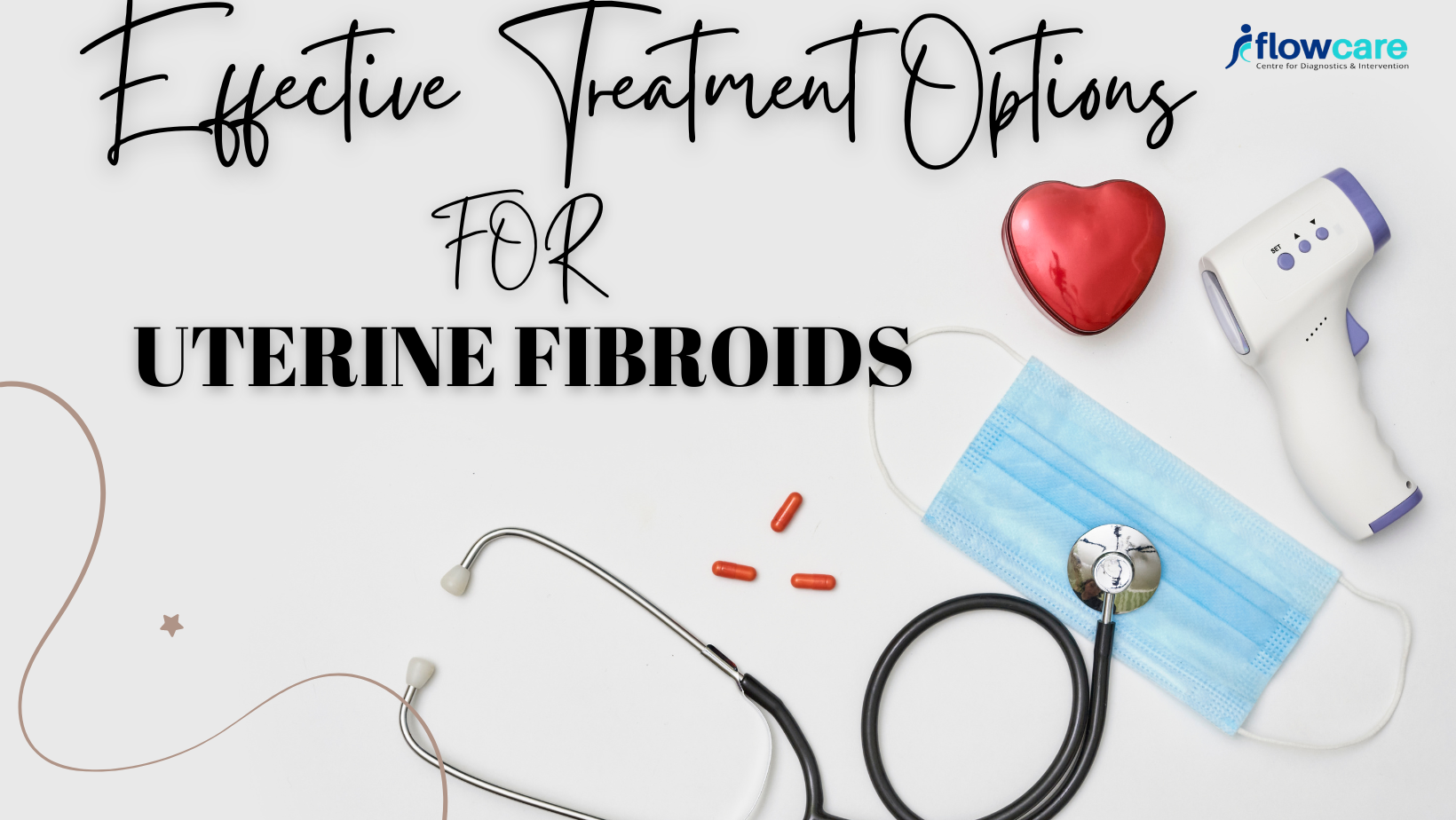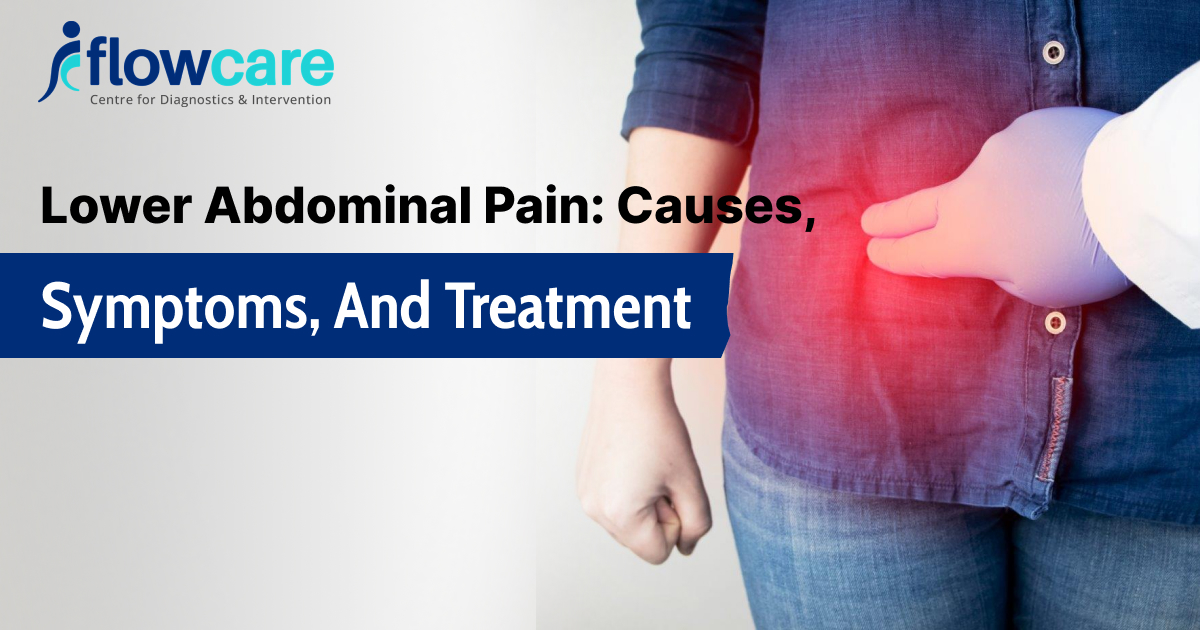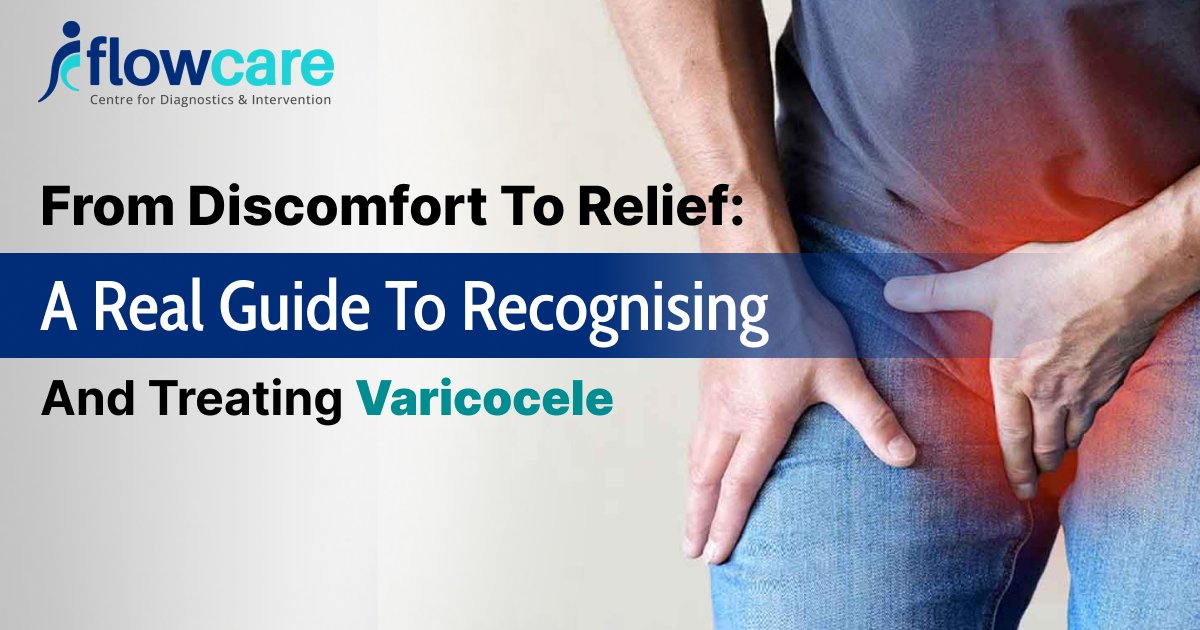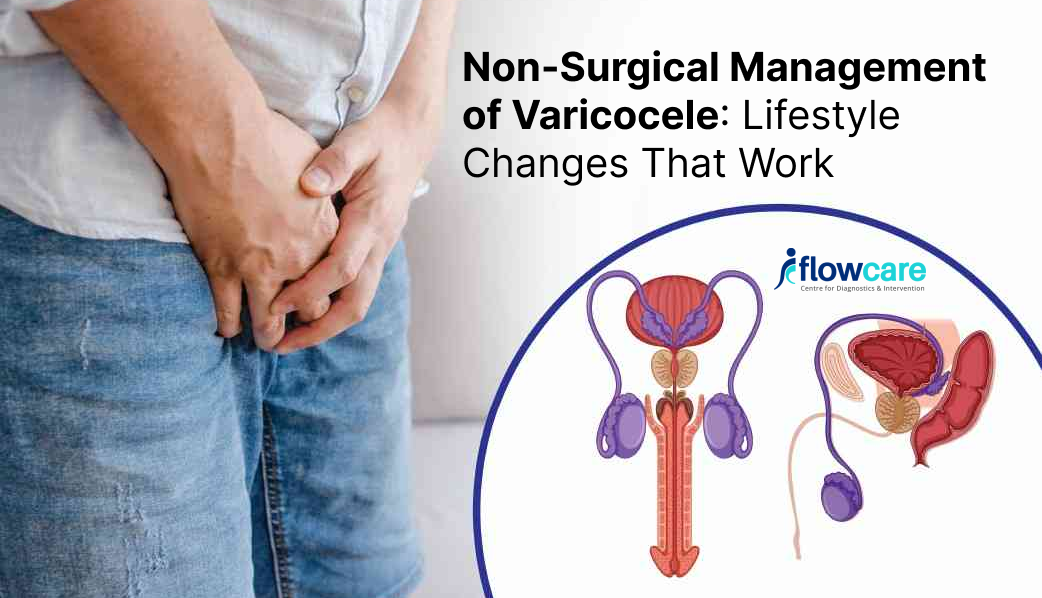
Effective Treatment Options for Uterine Fibroids
Nowadays uterine fibroids have become a common issue among women. Sometimes, women with this issue may have pain and difficulties. Fortunately, there are several approaches to managing and treating the symptoms. However, usually, women cannot get the appropriate treatment and help because they do not know the treatment for uterine fibroids. Therefore, to help you today we will discuss uterine fibroids, their symptoms, and easy-to-use treatment alternatives that may significantly improve women’s lives in this guide. These options also include uterine fibroid treatment without surgery for those who seek treatment at the initial stage.
Uterine Fibroids
Uterine fibroids” is a medical condition under which non-cancerous growths grow within the uterus. The size of the growth could vary and is formed as a collection of connective tissue and muscle. There is a high possibility that many women with fibroids may not have any symptoms, while others may have quite noticeable and painful symptoms. The main symptoms of uterine fibroids include heavy menstrual bleeding, pelvic discomfort, and frequent urination.
Common Symptoms of Uterine Fibroids
Here are the symptoms of uterine fibroids that anyone with a fibroid could notice:
- Heavy menstrual bleeding: Fatigue and pain might result from heavier or longer periods brought on by fibroids.
- Pelvic pain or pressure: Lower abdominal fullness or pressure might be a symptom of fibroids. There might be pelvic discomfort as a result.
- Frequent urination: Bigger fibroids may put pressure on the bladder, necessitating frequent urination.
- Backache or leg pains: Leg or back discomfort may be caused by fibroids pressing on nerves. Should you be experiencing problems with your back and thighs, you definitely require medical advice.
- Painful menstrual cramps: Fibroids can lead to more painful menstrual cramps.
Effective Treatment Options
We are enlisting the treatment for uterine fibroids that you can seek:
Monitor the Growth
You can adopt the approach of observing the fibroids in cases where fibroids are small and do not cause major symptoms. With regular check-ups, you can help and monitor their growth.
Medications
Additionally, doctors prescribe certain drugs to treat the symptoms of fibroids. For instance, NSAIDs, or nonsteroidal anti-inflammatory medicines, may help relieve the discomfort associated with heavy periods.
Uterine Fibroid Embolization (UFE)
In this procedure, medical professionals inject tiny particles into the blood arteries linked to the fibroids. The uterine fibroid embolization treatment is a non-surgical technique that stops the fibroids’ blood supply. This may relieve the symptoms and cause the fibroids to shrink. For younger women, this is the most preferred option as this keeps fertility maintained.
Microwave Ablation
Microwave Ablation is not an innovative technique that was introduced recently for fibroid but it has been used for many years to treat tumors. Health professionals use image guidance to produce electromagnetic waves by using antennae in specific and targeted areas. These waves release the thermal energy that kills the targeted cells.
MR Guided HIFU
Health professionals use the MRI scan as guidance to direct the energy created by high-intent ultrasonic beams resulting in fibroid shrinking.
Endometrial Ablation
This process eliminates menstrual bleeding by removing the uterine lining. This treatment is not suitable for women who want to conceive in future. Young women with small fibroids could opt for this option.
Myomectomy
Unlike others, myomectomy counts as a surgical treatment that includes removing fibroids and protecting the uterus.
Hysterectomy
This is also another preferred option for women who have given birth or have children or who have severe symptoms and do not want to maintain their fertility. This includes the removal of the uterus and fertility. People usually consider this as the last option of treatment.
Other Treatment Options
Lifestyle Changes
Besides the medical treatment, a healthy lifestyle may provide assistance in uterine fibroids. A healthy diet, regular exercise, and stress reduction may all improve general well-being.
Alternative Therapies
Some women go for complementary therapy such as nutritional supplements, herbal medicines, or acupuncture. Even though some people may find relief with these solutions, it’s important to seek advice from medical specialists.
Seeking Professional Guidance
It is important to speak with medical specialists before selecting a course of therapy so they can provide tailored guidance based on each patient’s unique situation. What is best depends on a number of factors, including the location and size of fibroids, general health, and reproductive objectives.
Conclusion
Although managing uterine fibroids may be difficult there are many effective treatment options available. With this, you can reduce the issues and challenges and enhance the quality of life. The options list includes waiting with caution to undergo surgical procedures. To get the right treatment and guidance, you must be concerned with your healthcare experts, continue to observe the problems, and maintain open communication and contact with healthcare professionals.
Women can overcome the difficulties caused by uterine fibroids and can lead a healthy lifestyle. With the right treatment strategy, you can eliminate the issue but it requires a trustworthy medical professional. Doctor Rajendra Bansal is one of a few names that offer the right strategy for the treatment of fibroids treatment in Jaipur. He is listed as one of the most experienced Interventional radiologists in the state. For private guidance and help, you can also contact him and his team in the Flowcare clinic located at Tonk Road, Jaipur.






